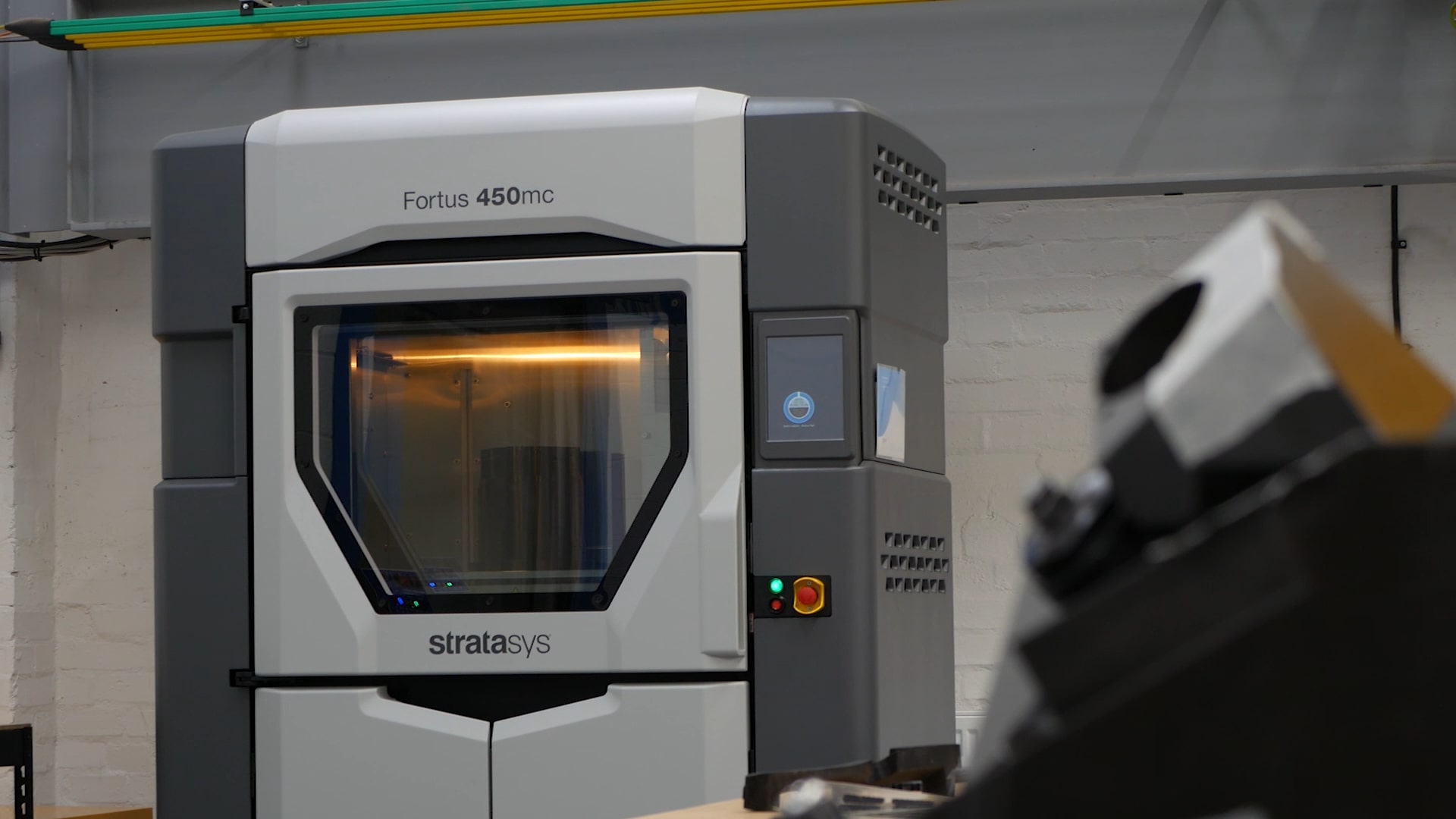Stratasys FDM 3D printing is a transformative technology that utilises thermoplastic filament to construct objects by building material up layer by layer. Invented more than 30 years ago, this innovative technology is the most widely adopted 3D printing technology and has revolutionised the way industries prototype and manufacture parts. Stratasys FDM 3D printing is a market leading 3D printing technology, offering a multitude of advantages, including repeatability, reduced costs and a wide variety of materials and applications to ensure businesses can elevate their processes from prototyping all the way through to production due to it exceptional printing speed and accuracy.
5 reasons to invest in a Stratasys FDM 3D printer:
1. Repeatability
Stratasys FDM 3D printer’s state-of-the-art 3D printing technology is designed to produce high-quality, accurate and repeatable prints, vital for companies that to ensure consistent and exceptional quality.
2. Variety of materials
Stratasys FDM 3D printing offers some of the widest varieties of FDM materials, including ABS, PC, ULTEMS, Carbon reinforced and Nylon materials to allow manufacturers to be able to produce and replicate the desired materials of the product.
3. Reduced costs
Stratasys FDM 3D printing significantly reduces costs by eliminating the need for tooling and moulds used in traditional prototyping methods. This provides organisations with the ability to be able to economically produce more bespoke and low-volume production runs.
4. Reduced lead times and increased throughput
Reduce lead times and increase throughput with FDM 3D printing from Stratasys by allowing organisations to create prototypes and parts faster than traditional methods. The ability to print multiple parts at once helps manufacturers to increase production and throughput to expand their profitability.
5. Versatility
Stratasys FDM 3D printing is one of the most versatile 3D printing technologies in the world, that has no geometry limitations compared to traditional manufacturing methods, and can be used for a wide variety of applications, including prototyping, end-use components and the manufacturing of jigs and fixtures, which can help organisations improve the accuracy and efficiency of their manufacturing processes.






